7 minute read
Have you ever started a new project with a team when someone declares, “THIS is the low hanging fruit. We should start here because [this thing] is right in our faces”?
I find myself saying it more today than I ever have before.
Low hanging fruit is the stuff that’s ready to pick in the orchard.
And eat.
Now.
Or so I thought until I spent a part of August traveling across the Pacific Northwest for Birdbrain Technologies.
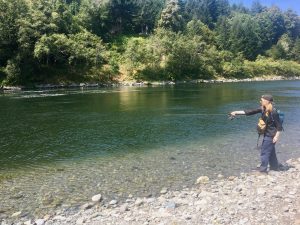
It turns out that there is plenty of low hanging fruit in the world that you should not eat.
When fruit is ripe you might smell its sweetness before noticing its brilliant color. With a little tug, it falls into your hand, ready to be eaten.
And that little tug is actually quite important.
Sometimes low hanging fruit comes off the tree with little resistance because it’s overripe. It has been there too long, and it might be rotting inside. This kind of low hanging fruit needs to be thrown into the compost bin – not used for your dinner that night.
Large, district-wide initiatives such as designing a new Maker Bus or STEAM program, implementing a K-12 Computer Science pathway, or strengthening your CTE program can be overwhelming ((If you don’t secretly feel terrified when starting a district-wide initiative, either you aren’t asking the right questions, aren’t making a real change, or have lost touch with the people you serve. It’s okay to feel scared.)). When the path is uncertain, but the goals are clear ((Uncertain goals and an uncertain path create chaos.)), your team needs a solid starting place.
Which is why it seems great when someone on the team states, “THIS is the low hanging fruit. We should start here because [this thing] is right in our faces.”
The team instinctively or intuitively recognizes that this “feels right” and moves forward.
There is little resistance to plucking this fruit from the tree in the orchard.
Yet, as I have traveled over the last two years working with thousands of teachers across multiple countries to start big projects, I’ve learned that the “little resistance” part can be quite sneaky.
Two enemies of change that thrive in an environment of little resistance are negative bias and stereotype ((If you just thought, “This doesn’t apply to me, I’m not biased” – I’d gently ask you to reconsider that thought. Everyone is biased. It’s part of being human. Figuring out how you’re biased is the task. Fish deal with this, too. They were probably the last to discover water.)).
If your team has identified “the low hanging fruit”, you might want to ask, “Why is there little resistance there?”
What your team chooses as low hanging fruit will reveal your team’s bias – which isn’t bad, it’s just that you may accidentally make important decisions that don’t align with your goals.
TL;DR
1) Teams like to start with low hanging fruit because there is little resistance.
2) Two enemies of change live where there is little resistance: bias and stereotype.
3) Everyone is biased.
4) Ask, “Why is there little resistance?” with the low hanging fruit you’ve selected.
5) What your team chooses as low hanging fruit will reveal your team’s implicit bias – which may not align with your goals at all.
6) Choose low hanging fruit (resistance is good).
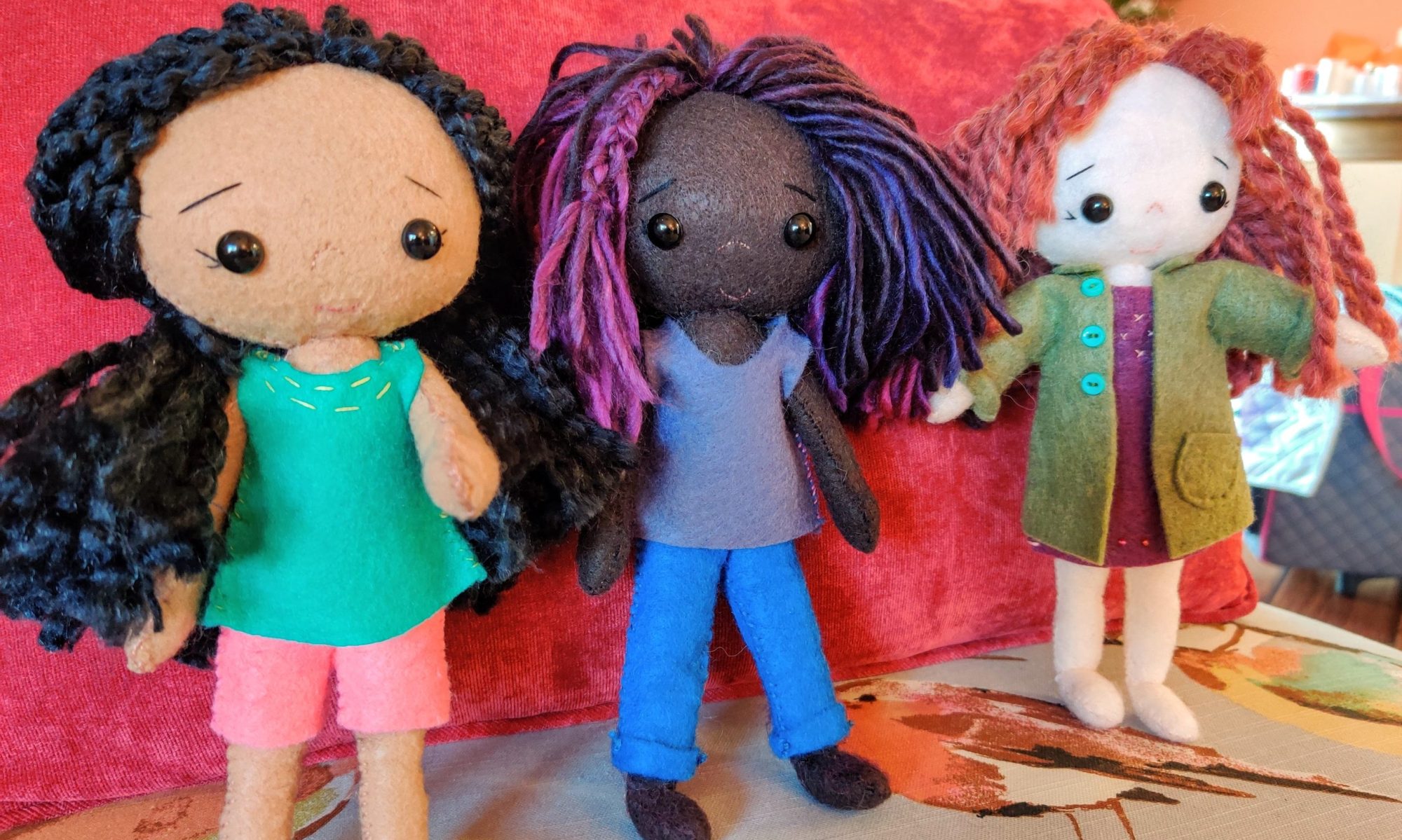

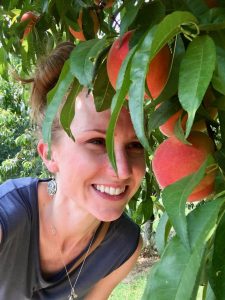
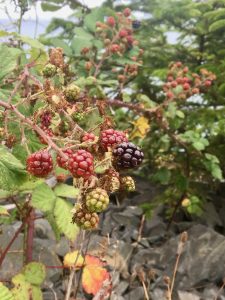
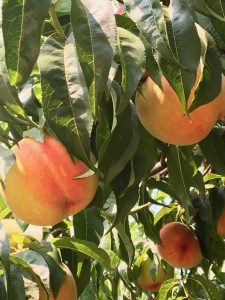
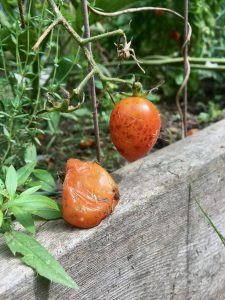
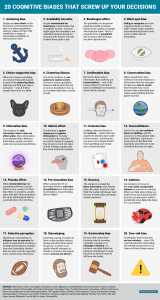
You must be logged in to post a comment.